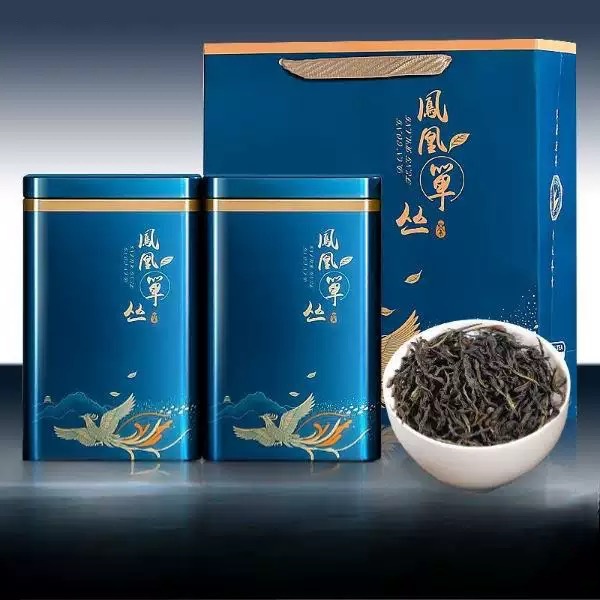
# Oolong Tea Types and Their Unique Characteristics
## Introduction to Oolong Tea
Oolong tea, also known as wulong or “black dragon” tea, occupies a special place between green and black teas in terms of oxidation. This partially oxidized tea offers a diverse range of flavors, aromas, and appearances that vary depending on the processing methods and growing regions. Let’s explore some of the most notable oolong tea varieties and what makes each one unique.
## Main Categories of Oolong Tea
### 1. Lightly Oxidized Oolongs (10-30% oxidation)
These oolongs retain much of their fresh, floral character while developing subtle complexity:
Keyword: Oolong Tea Varieties
#### Tie Guan Yin (Iron Goddess of Mercy)
Originating from Anxi county in Fujian province, this famous oolong offers orchid-like aromas with a smooth, buttery texture. The leaves are tightly rolled into small pellets that unfurl beautifully during brewing.
#### High Mountain Oolongs
Grown at elevations above 1,000 meters in Taiwan, these teas (like Alishan or Lishan) develop delicate floral notes with a crisp, clean finish due to the cool mountain air and frequent mist.
### 2. Moderately Oxidized Oolongs (30-50% oxidation)
These teas strike a balance between freshness and depth:
#### Dong Ding Oolong
From Taiwan’s Nantou county, Dong Ding (“Frozen Summit”) offers honeyed notes with a roasted character. Traditional versions undergo charcoal roasting for added complexity.
#### Shui Xian (Narcissus)
A Wuyi mountain tea with distinct mineral notes and floral undertones. Older bushes produce particularly prized “lao cong” (old bush) versions with deeper flavors.
### 3. Heavily Oxidized Oolongs (50-70% oxidation)
These darker oolongs approach black tea territory while retaining oolong’s signature complexity:
#### Da Hong Pao (Big Red Robe)
One of China’s most famous teas, this Wuyi rock oolong offers roasted, mineral flavors with a long-lasting sweet aftertaste. The name comes from legends about imperial robes protecting the mother bushes.
#### Oriental Beauty
This unique Taiwanese tea develops natural honey and stone fruit notes due to insect bites that trigger the plant’s defense mechanisms. Also called Bai Hao oolong.
## Regional Variations
### Chinese Oolongs
Fujian province produces both Anxi-style (like Tie Guan Yin) and Wuyi mountain “rock teas” with distinctive mineral qualities from the volcanic soil.
### Taiwanese Oolongs
Taiwan specializes in high mountain oolongs with floral elegance and pouchong (lightly oxidized) styles. The island’s diverse microclimates create remarkable variety.
## Brewing Considerations
Each oolong type benefits from specific brewing parameters:
- Light oolongs: 85-90°C water, short steeps
- Medium oolongs: 90-95°C water, moderate steeping
- Dark oolongs: 95-100°C water, longer infusions
## Conclusion
From the floral delicacy of high mountain teas to the roasted depth of Wuyi cliff varieties, oolong tea offers an incredible spectrum of flavors to explore. The partial oxidation process allows for endless variations, making oolong one of the most diverse and rewarding tea categories for enthusiasts to discover.
